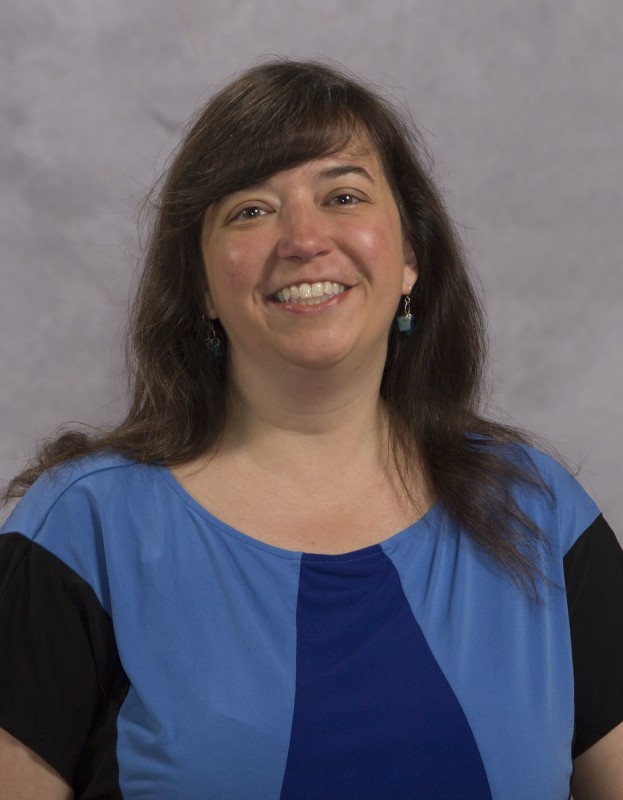Scholars of medieval topics often are faced with a lack of surviving documentation, particularly on topics such as seafaring, as the subjects of those studies rarely wrote accounts of their practices at all. In this talk, I highlight the use of GIS to interpret a Japanese port record from 1445. Combining archaeological and written records concerning trade goods, salt production, shipping practices, and piracy provides a clearer understanding of the networks and developments in the Seto Inland Sea region. GIS became the key to unlock information about the networks that developed among medieval seafarers. Through this analysis, I have been able to identify transshipment hubs and other trade patterns that shed light on maritime interactions in medieval Japan.
Michelle Damian is Assistant Professor of History at Monmouth College, and holds her degrees from University of Southern California (Ph.D.), East Carolina University, the George Washington University, and University of California at Berkeley. Damian has worked and studied in Japan for more than nine years. She came to Monmouth after completing a postdoctoral fellowship at the Reischauer Institute of Japanese Studies at Harvard University. Her research focuses on the maritime archaeology and history of Asia broadly, with a particular interest in medieval and early modern Japan. She is also involved in museum work, volunteering with the local Warren County History Museum and the online Museum of Underwater Archaeology. Her research interests include the maritime trade networks of medieval Japan, and forthcoming publications include entries on “Japan: 1450-1770”, “Salt Production”, and “Kaisen”, in The Sea in World History: Exploration, Travel, and Trade (ABC-CLIO Press).


